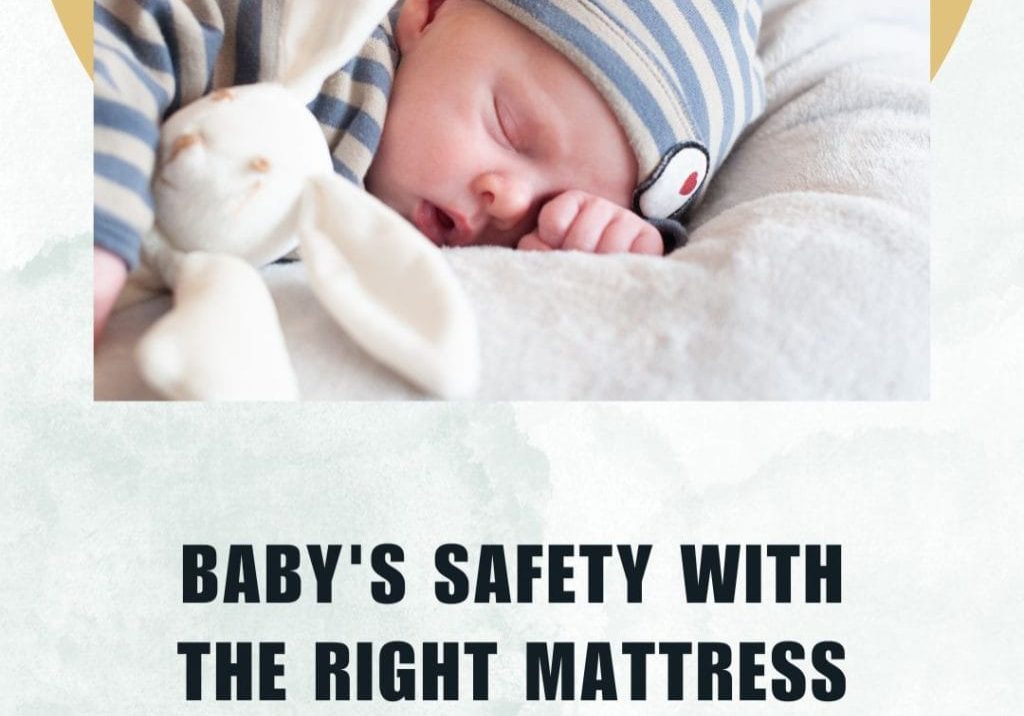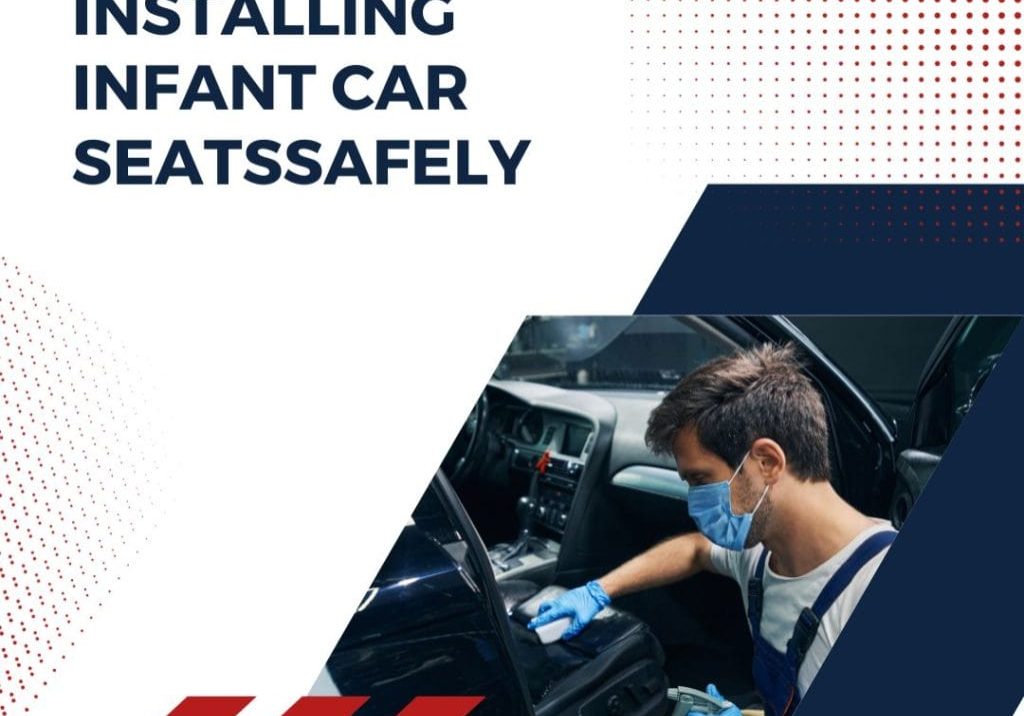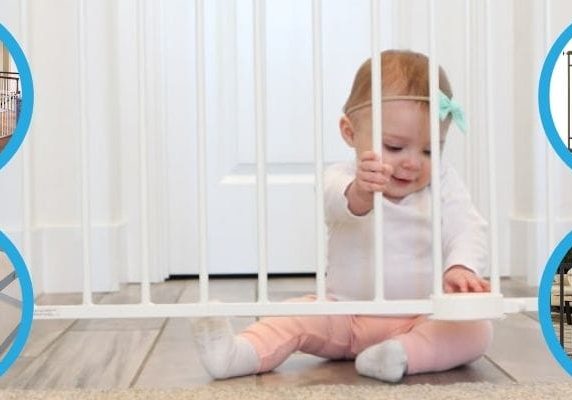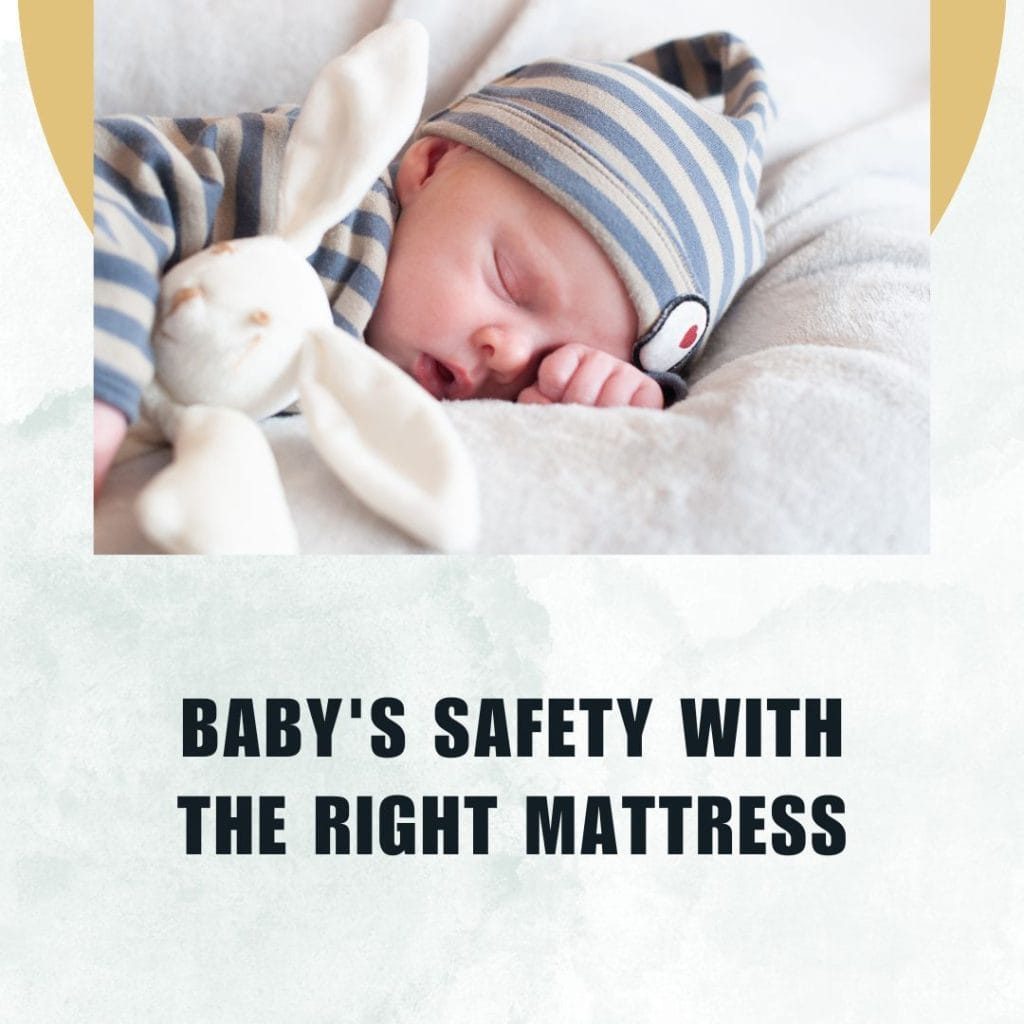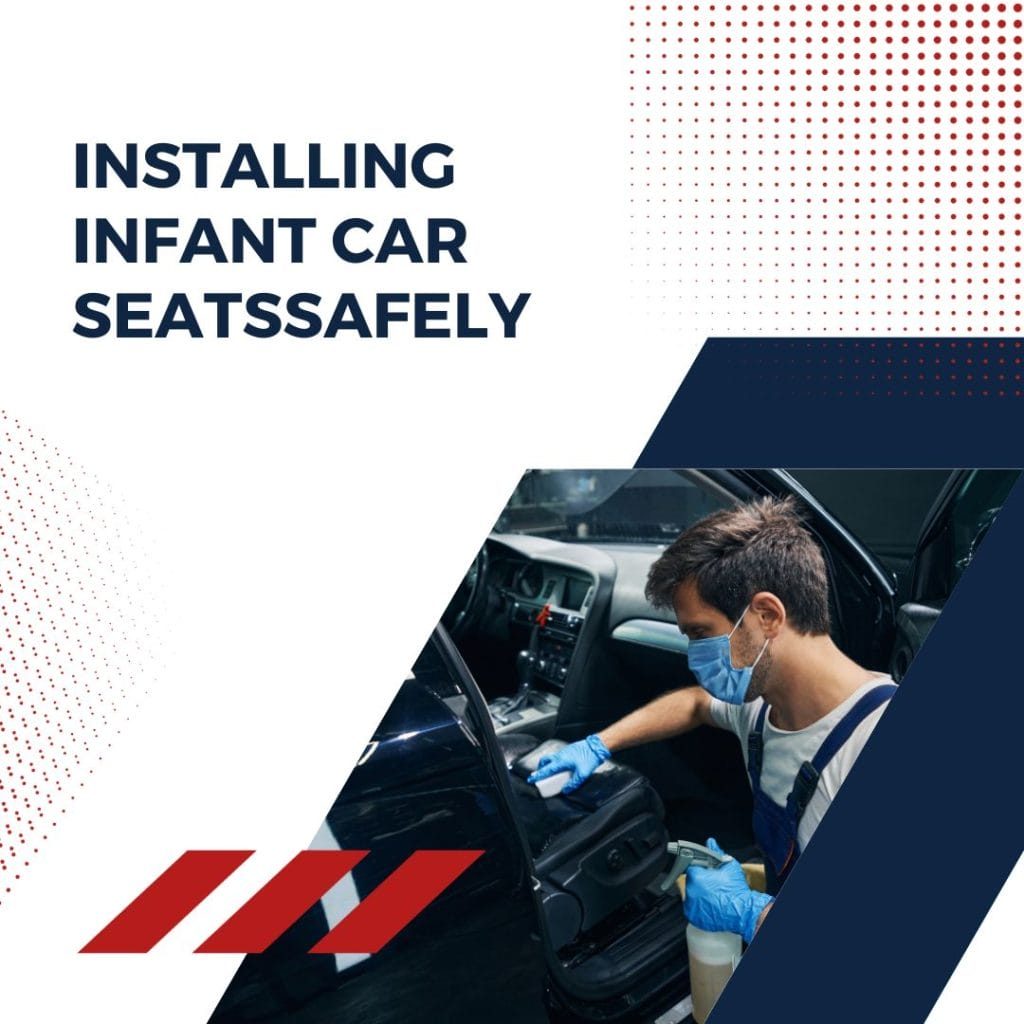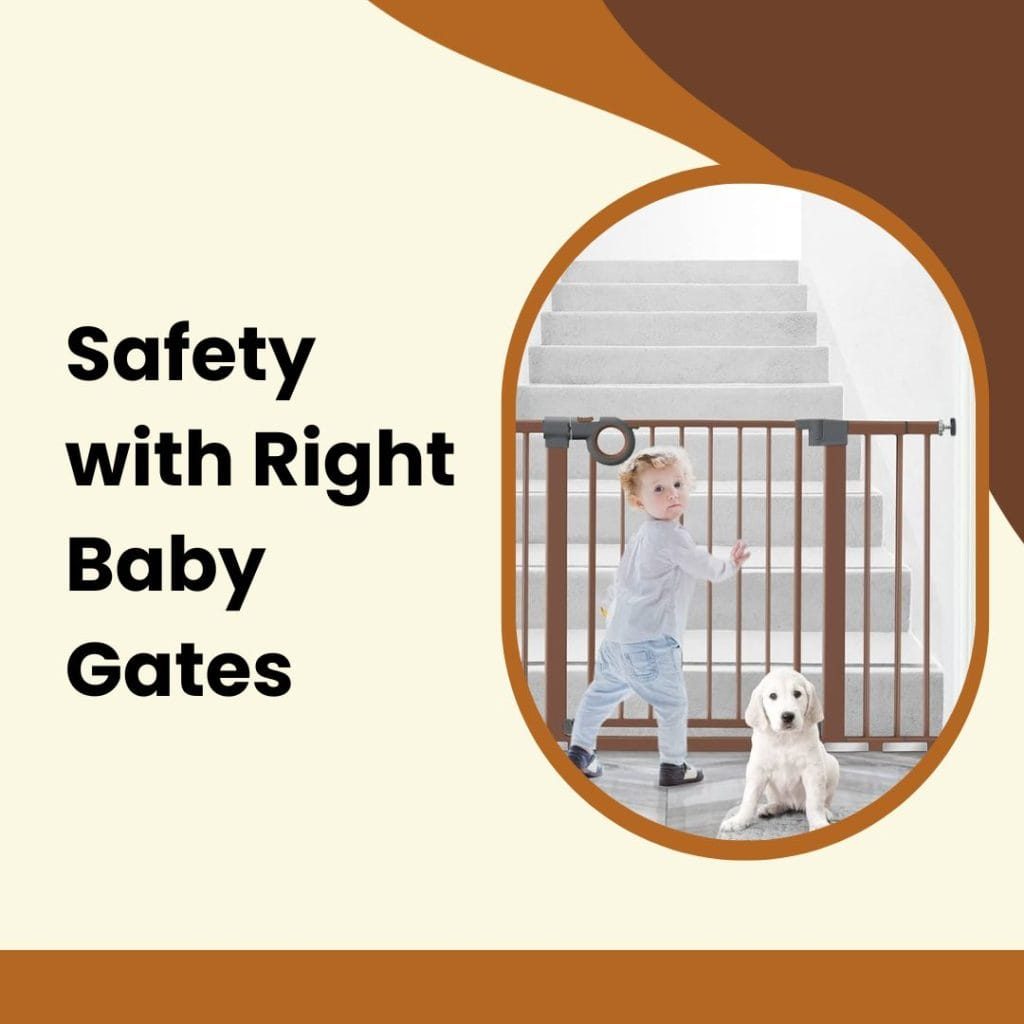Ensuring the safety of your infant as they start to explore the world around them is a must, and baby gates are one of the most effective tools to keep them out of harm’s way. This guide will provide you with detailed, step-by-step instructions on baby gate installation. You’ll learn how to properly mount them, ensuring they stand as an effective barrier between your child and potential dangers.
How to Properly Install and Use Baby Gates
Baby gate installation is a crucial step towards creating a safer environment for your little one, and this guide will provide you with all the necessary information to do it correctly.
Determining When and Where to Place Baby Gates
Baby safety gates act as a shield, safeguarding your child from hazardous zones such as staircases or unsafe areas. They can also serve to confine your baby or toddler to a secure room where they are under constant surveillance. A majority of baby gates are designed to be either hardware-mounted or pressure-mounted. Given that different models mandate distinct installation procedures, it’s crucial to carefully read and strictly adhere to the guidelines provided by the manufacturers.
1 Put up gates before your baby starts crawling.
Most infants typically start crawling between the ages of 7 to 10 months, making it advisable to proceed with the baby gate installation when your little one is around 6 months old. However, as each child’s developmental milestones can vary, it’s important to observe your baby closely for any signs of beginning to crawl, as this may necessitate an earlier gate setup.
- While it might appear premature, preparing early for your baby’s crawling phase is advisable. Babies often transition rapidly from subtle movements to brisk crawling, necessitating the need for an early baby gate installation.
- It’s worth noting that some babies bypass the crawling phase completely and proceed directly to walking. In such cases, the installation of baby gates can potentially be postponed until the child is between 8 to 12 months old.
2 Remove the baby gate when you child can get around it.
Baby gates serve as an essential safety tool for children aged between 6 months and 2 years. However, each child’s developmental trajectory is unique, and they acquire skills at varying paces. When your child demonstrates the ability to either climb over the safety gate or unlock it, the gate should be disassembled, and measures should be taken to guide the child in safely navigating that particular area of your home. If not, the gate risks becoming a source of potential hazards such as falls, climbing accidents, or trip-ups.
- It’s crucial to note that larger or stronger children might surpass the utility of their baby gates sooner.
- If a baby gate remains necessary for a younger sibling, consider educating your older children on the correct method to open and close the gate.
- To reinforce this learning, all adults in the household should model the right behavior by using the gates properly, instead of stepping over them. This approach can effectively teach by example.
3 Choose a hardware-mounted model for the top of a staircase.
Hardware-mounted gates, often referred to as permanent gates, are fixed into the walls or doorways flanking the gate via screws. Despite the additional installation effort, these gates offer superior stability compared to their pressure-mounted counterparts, which can be dislodged with a forceful shove. To avert the risk of your child enduring a perilous tumble down the staircase, it’s crucial to always employ a hardware-mounted gate in such potentially hazardous zones.
- Stair-related accidents constitute the primary reason for children under 2 years old requiring emergency medical care. Therefore, to ensure the utmost safety, it is imperative to install hardware-mounted gates at the top of every staircase in your home.
4 Use pressure-mounted gates in less hazardous locations.
Pressure-mounted gates maintain their position in a passageway by exerting tension against the surrounding walls or door frames. As these gates aren’t as secure as their hardware-mounted counterparts, they’re ideally suited to settings where a fall isn’t a significant risk, like a doorway separating two rooms on the same floor level. Additionally, these pressure-mounted gates should also be installed at the base of staircases. This precautionary measure is employed to discourage children from ascending the stairs, thereby averting the likelihood of them falling backwards down the stairway.
- Pressure-mounted gates are ideal for creating boundaries around potential danger zones such as pantries or kitchens, shielding your child from harmful edibles or choking hazards.
- Another effective use of these gates is to manage your baby’s interaction with pets in the household, ensuring their cohabitation is safe and comfortable.
- It’s crucial to avoid installing pressure-mounted gates at the top of staircases. Due to their design, there’s a risk of these gates being accidentally pushed out of position, causing your child to fall.
- Additionally, the horizontal bar at the base of pressure-mounted gates may pose a tripping threat to adults, further emphasizing the need for their careful placement.
5 Find a gate that meets current safety standards.
Whenever feasible, aim to purchase a fresh gate that has received authentication from the Juvenile Products Manufacturers Association (JPMA). In the event that you possess a pre-owned gate, it’s imperative to cross-verify that it conforms with present-day safety norms. You can accomplish this by examining the product recalls issued by the U.S. Consumer Product Safety Commission.
- The traditional accordion-style baby gates, particularly those featuring diamond or V-shaped openings wider than 1.5 inches (3.8 cm), are deemed unsafe for use. The expansive openings pose a risk of entrapment, potentially causing your baby’s arms or neck to be caught.
- These outdated models are starkly distinct from the baby gates currently available on the market that adhere to modern safety standards. Therefore, it’s advisable to avoid using them to protect your child.
- Ensure that the baby gate you choose is specifically designed for child safety. Gates intended for pet use may not meet the necessary safety criteria for infants and should not be repurposed for this use.
Installing Hardware-Mounted Gates
1 Put up gates before your baby starts crawling.
As infants typically commence crawling between the ages of 7 and 10 months, it’s prudent to have your baby gates installed by the time your child is approximately 6 months old. However, because the pace of developmental milestones differs across children, it’s beneficial to observe your child for signs of early crawling intent to determine if installing the baby gates sooner is warranted.
While this might seem prematurely cautious, it’s worth noting that babies often quickly transition from subtle movements to speedy crawling. Interestingly, some infants bypass the crawling phase entirely and advance straight to walking. Should this be the case with your child, you might be able to postpone installation of the baby gates until they are between 8 to 12 months old
2 Remove the baby gate when you child can get around it.
Baby gates serve as crucial safety barriers for toddlers aged between 6 months and 2 years. However, the appropriateness of a baby gate can vary, since children progress at individual rates. When your little one begins to ascend the gate or unlocks it, it’s time to dismantle it. Instead, impart instructions to them about maneuvering safely through that part of the house. If left in place, the gate could evolve into a risk factor, causing falls, climbing incidents, or stumbling. It’s noteworthy that bulkier or more robust children may outgrow the need for baby gates ahead of the norm. Should the baby gate still be required for a younger sibling, train your elder child to operate the gate independently. As a part of this practice, adults should consistently use the gates correctly – traversing through them rather than stepping over, thereby setting a positive example.
3 Choose a hardware-mounted model for the top of a staircase.
For the top of a staircase, a hardware-mounted model is your safest bet. Often referred to as permanent gates, they are securely affixed to the wall or doorway via screws, offering a level of stability that is unmatched by pressure-mounted gates. The latter type of gates can be inadvertently dislodged with a firm push, hence they’re not recommended for places where falls could be dangerous, such as staircases.
It’s imperative to remember that stair-related accidents are the predominant cause of emergency department visits for children under the age of 2. Thus, bolting a hardware-mounted gate at the top of every staircase in your home is a crucial safety measure.This robust barrier will greatly reduce the risk of your baby experiencing a perilous tumble.
4 Use pressure-mounted gates in less hazardous locations.
Pressure-mounted gates are characterized by their reliance on pressure for being held in place across door frames or walls. Not as secure as their hardware-mounted counterparts, they’re best suited for environments where falls aren’t a significant concern. One such example would be doorways connecting rooms on the same level.
Pressure-mounted gates can be a valuable safeguard when installed at the bottom of staircases. By doing so, children are discouraged from climbing the stairs thereby reducing the risk of them falling backwards down the steps.
Areas of potential danger such as kitchens and pantries can also be cordoned off effectively with these gates. They act as a barrier, keeping your child at bay from possibly harmful food items or objects that pose a choking hazard.
In homes where pets are present, pressure-mounted gates can aid in managing your baby’s interaction with them, ensuring a safe coexistence.
However, it’s crucial not to position these gates at the top of staircases. Owing to their design, they’re prone to dislodging which can result in your child falling down the stairs. Adults too should be mindful of the horizontal bar at the base of these gates as it can cause tripping.
5 Find a gate that meets current safety standards.
Always prioritize purchasing a new baby gate, preferably one that is JPMA-certified. This certification provides assurance that the product adheres to the most recent safety guidelines. If you’re considering a second-hand gate, it is essential to validate its safety compliance as well. Cross-check with the U.S. Consumer Product Safety Commission’s database of product recalls to ensure the used gate is up to current safety standards.
Avoid resorting to older, accordion-style gates that feature diamond or V-shaped openings exceeding 1.5 inches (3.8 cm). These models pose a significant risk as your baby’s arms or neck might get entrapped in these wider gaps, raising safety concerns.
Finally, ensure that the gate you select is explicitly designed for infants. It’s worth mentioning that gates originally designed for pets may not meet the stringent safety requirements necessary for babies. Avoid repurposing such gates for your child’s use.
Setting up Pressure-Mounted Gates
1 Measure the opening where you’d like to place the gate.
Before installing a pressure-mounted gate, it’s paramount to accurately measure the opening you wish to safeguard. Standard pressure-mounted gates are designed to fit spaces ranging from 26 inches (66 cm) to 38 inches (97 cm). However, there are manufacturers offering models that can accommodate larger openings up to 62 inches (160 cm).
For those who need to gate off an exceptionally large area, there are options available with optional extensions or panels that can be purchased separately. Be sure to select a gate size that matches your measurements for an effective and secure installation.
2 Extend the gate to fit the space.
Certain pressure-mounted gates, particularly those featuring a door in the middle, rely on small cups situated on each corner of the gate to connect with the walls. To install these models, position the gate in the opening and rotate the bolts so that the wall cups touch the door frame or wall. Successful installation will be evident when there’s no discernible gap between the handle of the gate and the frame[^26^].
Some pressure-mounted baby gates employ two sliding panels that can be manipulated to accommodate the size of the opening. To allow passage, these panels are either detachable or can be slid to one side. To fit the gate, pull the panels apart until they extend to cover the entire span of the doorway or wall. The gate will then remain upright due to the pressure exerted by the panels against the walls or door frame[^27^].
It’s important to note that different models may have unique extension methods. Always refer to the manufacturer’s instructions for correct installation, and don’t hesitate to contact the manufacturer directly if you encounter any questions or concerns[^28^]. Additionally, ensure the bottom of the gate is no more than 3 inches (7.6 cm) above the floor to prevent any potential entrapment hazards[^29^].
3 Lock the gate into place using the pressure bar if your model has one.
The pressure bar in some baby gate models serves a pivotal role as a locking mechanism. Upon installation, the pressure bar should be pushed down towards the floor until it’s entirely straight[^30^]. This simple operation is key to ensuring the gate stays securely in place.
In an effort to prevent your child from using the pressure bar as a leverage to climb over the gate, it’s crucial to position this bar on the side facing away from the child[^31^].
Not all pressure-mounted gates feature additional bars or locking mechanisms. For such models, their installation might rely on wall cups secured by nut and bolt extensions[^32^]. This design can offer a high degree of security, adequately holding the gate in place without the need for other locking features.
4 Test the gate repeatedly by pushing and pulling on it.
Even though pressure-mounted gates lack the stability offered by hardware-mounted alternatives, they should still be robust enough to resist a reasonable degree of force. If the gate topples over effortlessly, consider readjusting the locking mechanism and widening the panels for a more secure fit against the doorway or walls[^33^].
After the pressure-mounted gate has been installed, it’s pivotal to routinely check its stability. Ensuring the gate remains firm over time enhances its effectiveness and safety in safeguarding your child.
Conclusion
In conclusion, baby gate installation plays a crucial role in creating a safe environment for your child. Whether you choose a pressure-mounted or hardware-mounted model, understanding their distinct characteristics, installation procedures, and safety standards is vital. Regularly testing the gate and ensuring it meets current safety guidelines further enhances its efficacy. With the right baby gate installation, you can provide the much-needed security that every child deserves in their early years.


